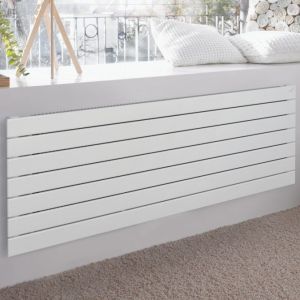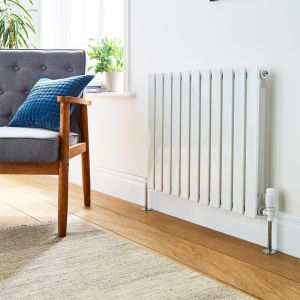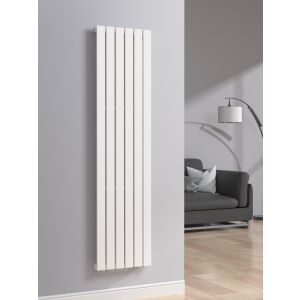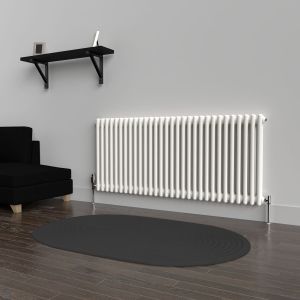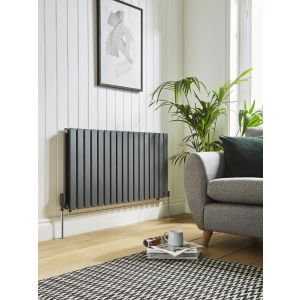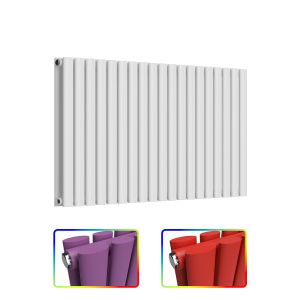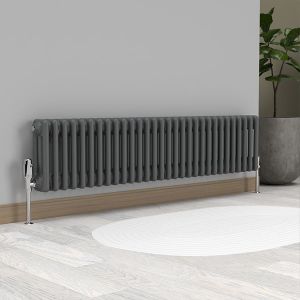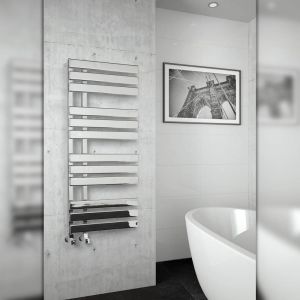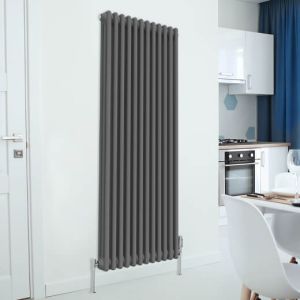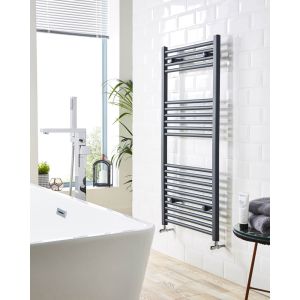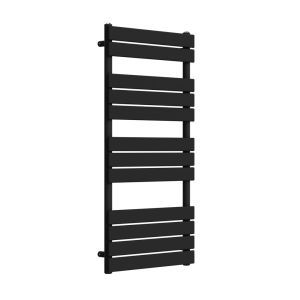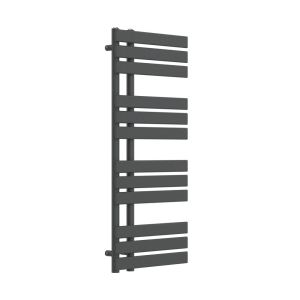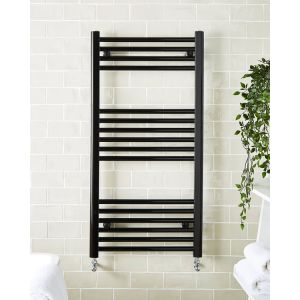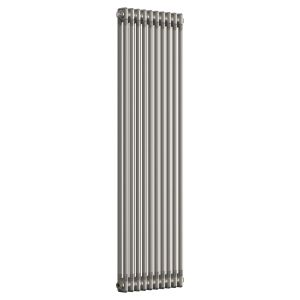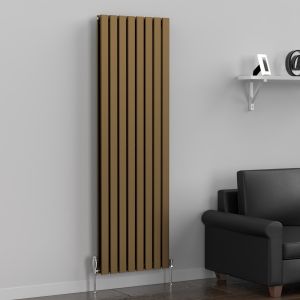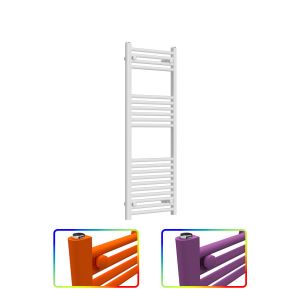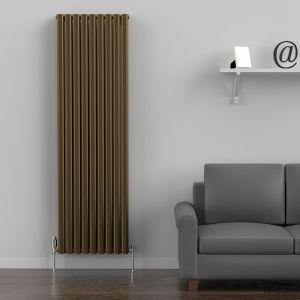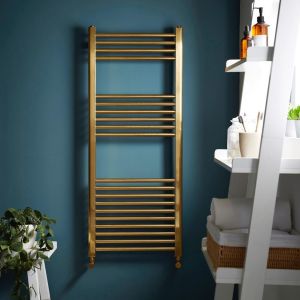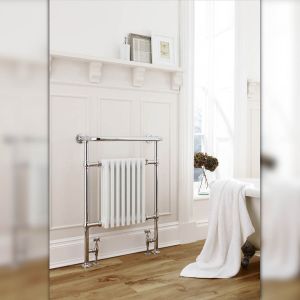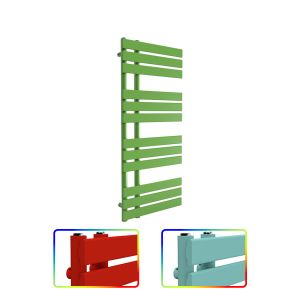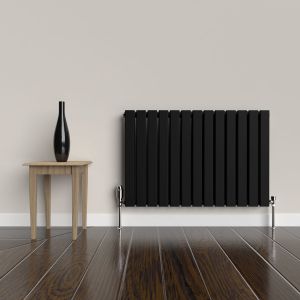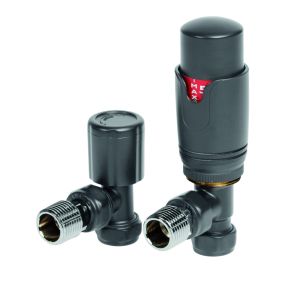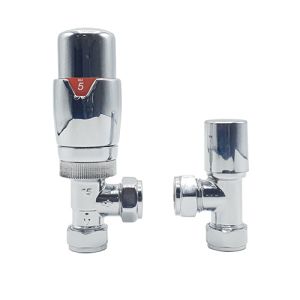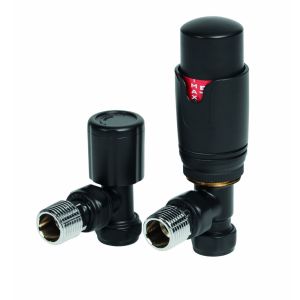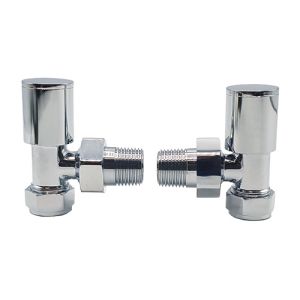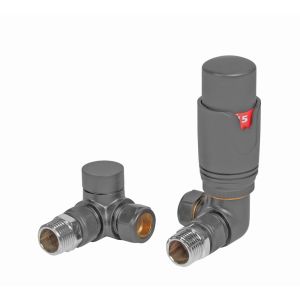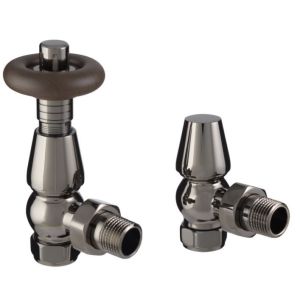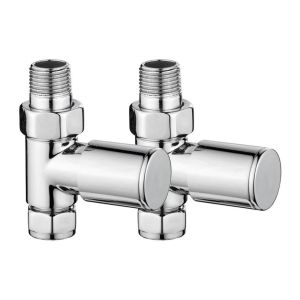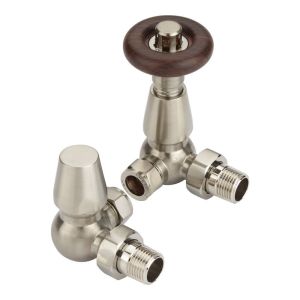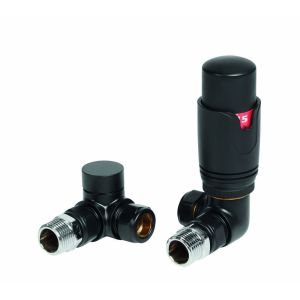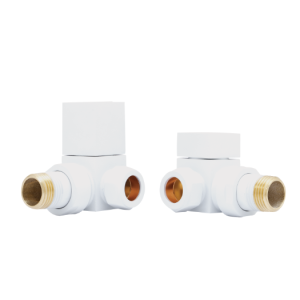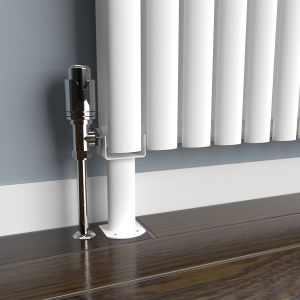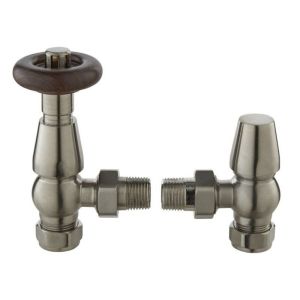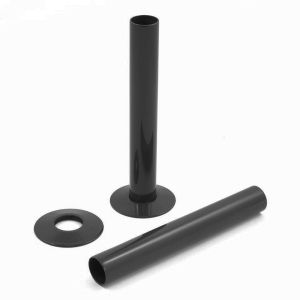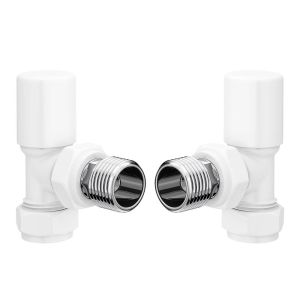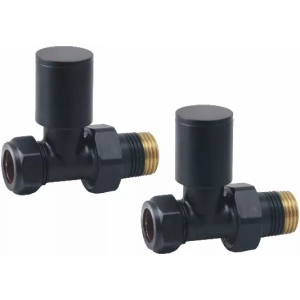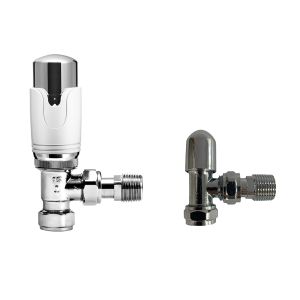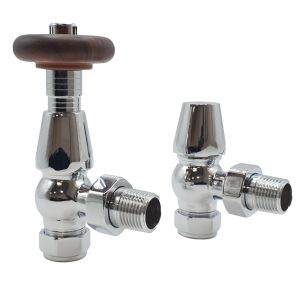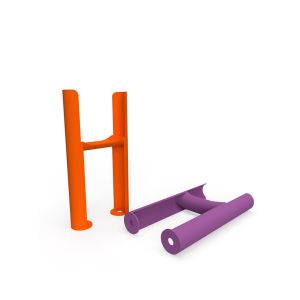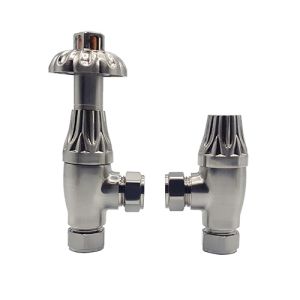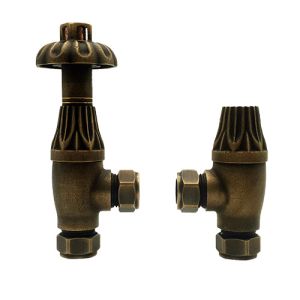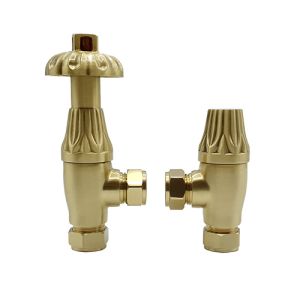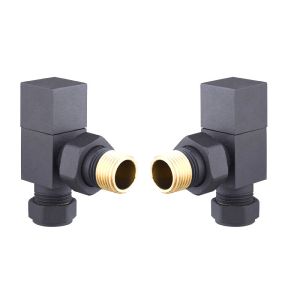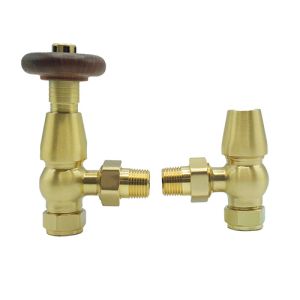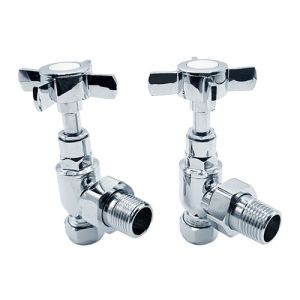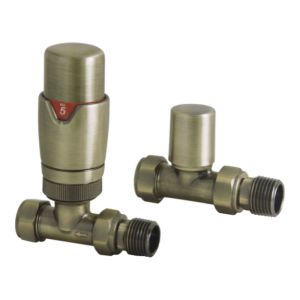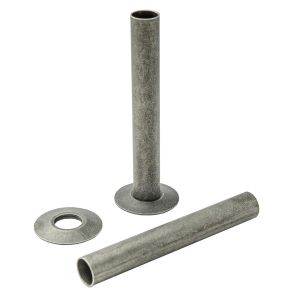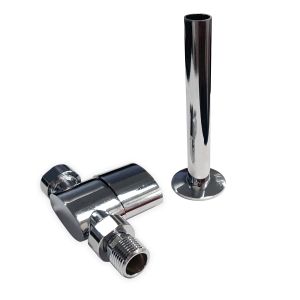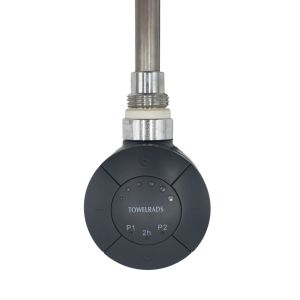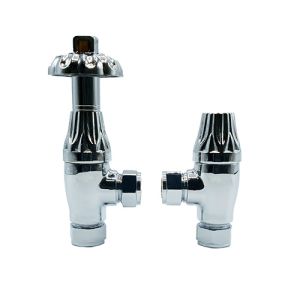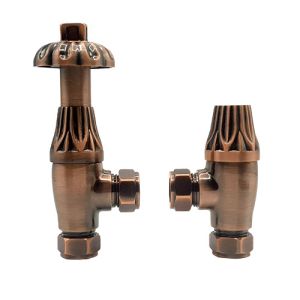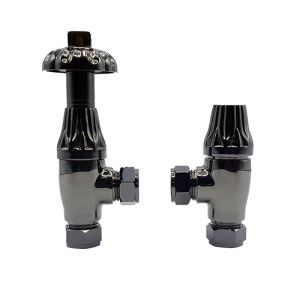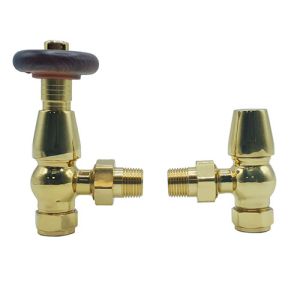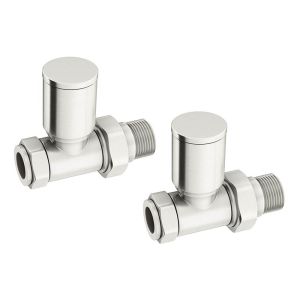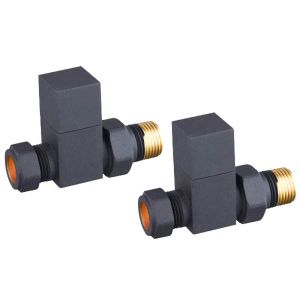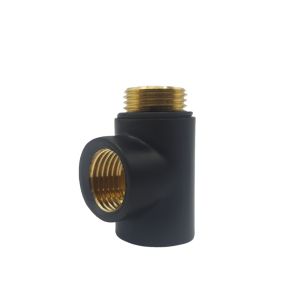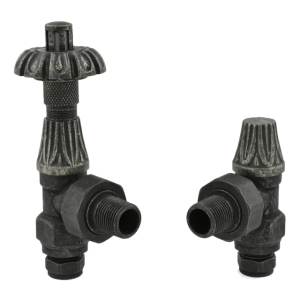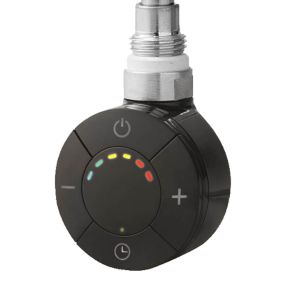It’s easy to overlook the radiator in our homes. It’s not necessarily always a brightly coloured, inviting-looking feature, and doesn’t jut out too much as to attract attention. But the radiator simply has one primary objective: To keep you, your family, your clothes and ultimately, your home, warm and dry. We can find radiators in almost every building like offices, homes, hospitals, and even on coaches and buses. There are lots of radiators for sale and the initial reaction of many may be to think they could not possibly be stylish. Radiators can be incredibly stylish as well as necessary, and stylish radiators are very popular these days in many buildings. They are there to warm our bodies and our feet and to keep pesky draughts out! Now we find ourselves at the pinnacle of human evolution and at a point where our radiators and heating systems have the ability to learn about us, when we are coming home, and how warm we want to be. But the big question is where did this all begin? How did we get to this point and who came up with the idea for radiators?
The Origins Of Home Heating
Heating has evolved beyond recognition when compared to the days when humans were cave dwellers and used sticks to hunt food. There are a number of different cultures that have contributed towards the evolution of home heating, and it started around 420,000 years ago when hearths were being used in what we now call modern-day Ukraine. These hearths were made from the bones of Mammoths and featured a grass roof. These pods were very useful back then because they were mobile and could be used to accommodate a fire, thus keeping people warm. Elsewhere in Europe the Romans were also coming up with their own form of home heating and were credited with the invention of the hypocaust.
This heating system was used for heating public bathhouses and other buildings and establishments. The system consisted of hot air and smoke which emerged from a furnace and was being circulated through an indoor area under the flooring. It would be accurate to say that this was perhaps the earliest form of underfloor heating! This system required constant attention and a constant supply of fuel in order to keep the fire going. The smoke and warmth would travel under the relevant rooms and would pass out through flues in the walls. This early example of indoor heating, clearly demonstrates that the Romans were onto something; they understand the fundamental principles behind heat transfer systems and understood the consequences of forcing heat through the hypocausts. However, it wasn’t just the Romans who understood and operated this particular type of home heating.
In the East, Bronze Age Koreans used a similar heating system which was called Ondol, as far back as 1000BC! This system used transferred direct heat from the wood and smoke which then heated the underside of the masonry flooring. The difference between this system and the one of the Romans was that the Ondol had a long winding underfloor flue which aided air and kept it moving towards the nearest exit. The consequence of this small but significant difference was that the Korean system was more efficient than the Romans, as it was a very energy-efficient approach- considering this was all happening around 3000 years ago!
The Franklin Stove
If we fast forward a few thousand years and jump to 1741, we find that finally, heating systems were becoming more and more advanced. Inventor Benjamin Franklin created a fireplace lined with metal that transferred more heat to a room than ever before. The Franklin Stove wasn’t entirely new as something quite similar had been seen 100 years earlier in Germany. Nonetheless, the new system still made a huge impact. The features of the stove worked by allowing the fuel to burn with brilliant efficiency, producing more heat and less smoke than the more traditional fireplaces. This system was immensely popular for a long time and it’s clear to see why! By this time in Britain, people were coming together to think about their own heating systems and how these could be implemented.
Britain Has An Idea
In England, the technology surrounding steam was still evolving and once steam generation was able to be maintained, the early ideas and systems for steam heating began to appear. Steam engine pioneers Matthew Boulton and James Watt were the first people to have steam heating systems fitted into their homes in the 1790s, with Watt attempting to build a primitive radiator made out of soldered copper sheeting. The system for steam heating made slow progress at first and was primarily used at first in a few mills and factories. Soon the USA were following suit and also took up the same steam heating ideas. After 1810, a number of steam systems were connected and these used exhaust steam from high-pressure steam engines. These systems were free to use and due to their efficiency, were installed in a number of very important buildings such as The White House and The Capitol Building in Washington DC. However residential steam systems were still not widespread- that is until Connecticut stove maker Steven Gold began to explore a lot more with steam. Soon people would be able to buy radiators, as the first devices began to take shape around this time.
Steven Gold's First Radiators
Steven Gold made significant contributions towards the construction of the first radiators. He constructed a device which was made from two dimpled iron sheets riveted together which later came to be known as the mattress radiator. For 50 years this mattress radiator was circulated until various manufacturers began creating radiators and boilers in a range of designs. These early radiators were the traditional radiators of the day and many of them are considered to be works of art, because of their practical creativity. Many private properties boasted hugely ornate and detailed radiator designs, which were spectacular to look at.
Though Steven Gold’s radiator construction is considered one of the first, dating back to 1854, there are a few other recorded inventions that dated back even earlier, as far back as 1841. However, none of these early heating systems is considered to be the modern radiator design we see today.
The Modern Radiator: A Brief History
The radiator design that received the most worldwide recognition was the Bundy Loop. This radiator design was developed by Nelson H. Bundy in 1872. It was a cast iron radiator system that had loops which were screwed into a cast iron base, and it also came in a circular version. It was one of the most popular radiator designs of its day and was duplicated by many different manufacturers. These manufacturers began to add their own details and patterns into the radiator design, therefore making it their own. The Bundy Loop can still be seen in the various different radiator styles seen today. Since radiators were becoming so popular, manufacturers began producing them in bulk and this was a testament to the Victorian era. It was a time when the development of heating was at an all-time high and an era of the rise of the radiator.
Today’s Radiators
The Victorian era was the most important era when it comes to the development of the radiator. This was a time when radiators became more than just mere boxes which gave off heat and were given a new status as a device which could add to the style and decoration of any given room. This was a period where style merged with practicality and this is something that is still seen in modern homes. It’s interesting to think that at a particular time in history, we covered radiators up and put them in corners because – well because they weren’t much to look at! Those days are well and truly over, thanks to advancements in design and technology. In fact, there is a well-known trend that deals with restoring old properties and fitting them with modern interiors, and lots of people have been embracing this style of home renovation. People have looked at modern, stylish radiators online and made smart investments: combining them with period homes and other features. Cast iron radiators in particular have remained very popular as styles due to the fact that they can hold onto heat for much longer. Many people like the look of the old-school radiator styles and that’s why they’re still around today. Radiators are huge in the UK and with more new and improved designs popping up each year, there’s a plethora of stunning designs to look out for. Whether you like traditional styles or something more modern, there is a world of choice out there for you.














